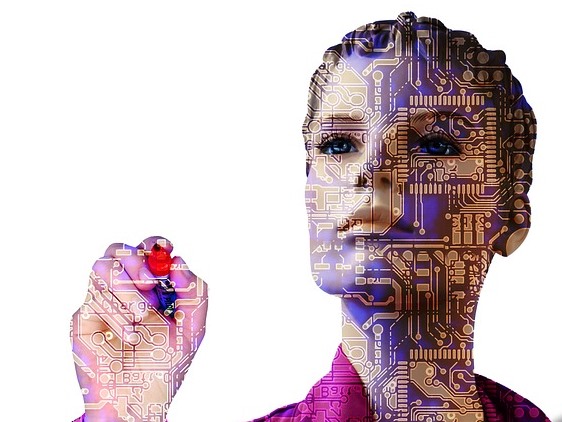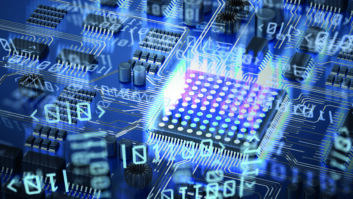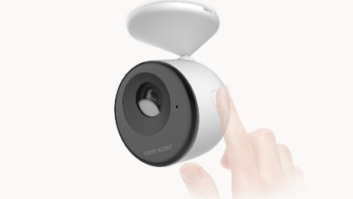
Whether we know it or not, artificial intelligence (AI) is something that many people are already using in their daily lives.
And if you’re not using it yet, you almost certainly will be soon. According to research from Bank of America Merrill Lynch, the AI market is projected to almost triple from 2014 to 2020, from $58 billion to $153 billion in spending.
AI is used extensively today to develop various software technologies, long before the valuable features are ever integrated into the final product for the user – that’s how today’s best handwriting recognition software, for instance, can accurately recognize handwriting in the languages used by over 90 percent of the world’s people. Future gadgets will get better at recognizing multiple interfaces and offer multimodal input options: You’ll be able to use any combination of cursive or block character writing to enter information, for instance, as well as typing and smooth typing. Devices will even recognize words superimposed on top of each other.
Indeed, the future is multimodal. Here are a few of the technologies you’ll encounter:
Predictive keyboards. Most smartphones, tablets and laptops offer some sort of feature that suggests the next word or words in a sequence to shorten the time it takes you to type a request. In the future, it’s likely that the training you do on one mode of input will work consistently with a different input mode. Training in handwriting mode will improve the keyboard interface and vice versa. While keyboards often are the fastest form of input, virtual keyboards consume vast display space, are awkward to use in many social settings, difficult to use with wearables, and not feasible for situations when you’re largely concentrating on something else (e.g., when you’re driving a car). That’s why you’ll have choices. Smooth typing and fuzzy typing techniques offer great strides forward in overcoming the lack of a physical keyboard.
Handwriting. Handwriting works not only on wearables, but on consumer devices of all screen sizes. You’ll be offered various ways to write on a device depending on its size and use. For example, users with a wearable device will prefer to superimpose letters on top of one another, which means you don’t need much more than a 1×1-inch space to enter lengthy handwritten messages. It’s exactly this type of feature that’s convinced many automakers – including Audi, Mercedes, Lexus and others – to include handwriting as a standard feature in car models for drivers to control the dashboard, search for directions, switch radio stations and even send brief texts. In a conference room setting, it’s more natural to perform digital writing using an active pen. Digital ink input captured in meetings can be retained as digital ink or the user can convert the information directly to digital form for emailing, or other forms of collaboration and sharing. This means that with today’s technology, you don’t need to retype your notes to save, edit, email or integrate them digitally with other documents. Users can now be much more productive and effective.
Voice. On the surface, voice recognition appears to be the most intuitive, deep-learning method. It’s certainly popular! According to TWICE, for instance, smart speakers are set to capture 30 percent of the U.S. audio market in 2017. But voice alone isn’t always an ideal option for all venues. You can’t use it in a meeting with others or in a crowded area, as background noise can easily disrupt your spoken input.
Beyond the fact that we’re already seeing many devices offer handwriting, typing, smooth-typing and fuzzy-typing forms of input, there’s also remarkable innovation being done for both gesture and gaze as additional forms of input.
In the future, AI learning methods will likely be included as standard in all kinds of devices – from tablets, smartphones and fitness wearables to watches, game consoles and even toothbrushes, some predict. We’ll also see more fully-integrated multimodal input so that you can manipulate any device via almost any method, whatever is most convenient at the time – with consistent feedback to the user.
With the advent of the smart home and the Internet of Things, more smart products such as thermostats, light switches and security devices will use AI to learn your behavior, increase convenience and save money.
And some of the most common daily tasks you perform every day, both complex and mundane, will certainly be performed for you by AI in coming years.
Gary Baum is marketing VP at MyScript, a source of advanced technology for handwriting recognition and digital ink management.












